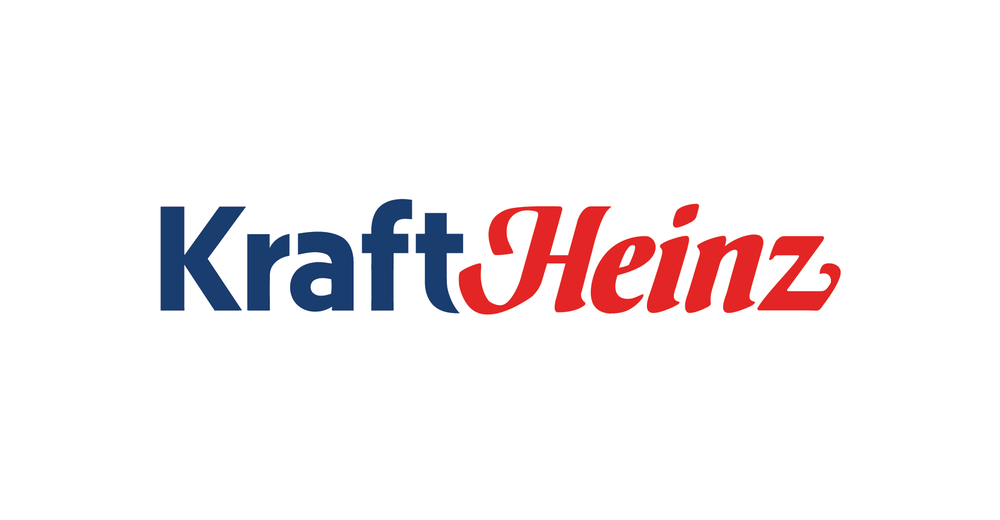Building the new Dubai
Let me tell you about Khorgos, a small city right on the border between China and Kazakhstan in the middle of nowhere. But due to the ambitious plans of the Chinese government and need to boost the stagnant economy, this city will become an important trading hub in the upcoming years. The construction of one of the biggest “dry ports” in the world has started and is rapidly expanding.

Dry port
At this dry port trains arrive from China’s industrial areas from all over the country. A variety of cargo is loaded on these trains and this will be heading for Russia or Europe. There is only one major problem, trains from China cannot cross the border. China’s rail gauge is 8,5 cm narrower than that of former Soviet countries and therefor all the cargo of Chinese trains has to be transferred on other trains for continuation of their journey and the other way around.
This is where the dry port comes in, it is a huge area where trains are unloaded, containers are stored and where it is then loaded on new trains. Activities quite similar to sea port hence the name dry port. With opening of the dry port an historic trading route to Europe has reopened.
The Silk Route
Back in the middle ages, when ships where not that great, the silk route was the most important route to reach Europe from China. Caravans with Chinese merchandise travelled through India, Persia and Arabia to reach Europe. All this changed when European countries started making better ships that enabled trading across the sea via Africa. It ended the era of the Silk Road, because this route much took longer to reach Europe and the ships could hold a lot more cargo then animals.
Nowadays trains have become so reliable and fast and the supporting railroad network is fast enough that it is possible to reach Europe faster over land than with ships over sea. Although the train route is not exactly the same as back in the middle ages the people working on it call it the new Silk Route. The route goes from China to Kazakhstan and then through Russia and Belarus to end in Duisburg, Germany. Because of this fast way of reaching Europa and also Russia it has become economically interesting to send your merchandise by train. The
It is not only another and faster way to reach Europe by land, but it is also an opportunity for businesses to set up factories in China’s mainland. This will likely result in lower production costs, because costs like land costs or wages are lower in the mainland. This is not just my speculation, big companies are already embracing the mainland, take for instance Hp, a big electronic company. Due to high production costs Hp decided in late 2009 to close its factory on the east coast of China and open a new one in Chongqing, a city in the mainland. But with this new site also a new way of transport was needed. After investigation of several option, the Silk Route train turned out to be the best way of transporting their goods. 7 years from now they already produced 100 million laptops.
Because Khorgos is expanding as an important hub at such high speed, the name building the new Dubai is often given to the project. The city is currently expanding by building housing for 110 000 people more than doubling the current population. With Dubai similar things happened, once it was clear that oil was not going to last forever, The emirates started to look for another way to maintain their economic growth. It was decided by government that Dubai, a small fishing town at the moment, would be the place where a huge hub would come which would be the base of trading in the middle east. Within decades the small town grew to a million people city.

The Netherlands as export nation
All this growth and economic prosperity are great for a city as Khorgos and the Chinese mainland, but what’s in it for us? The Netherlands are very dependent of export and trading over sea is what made us the wealthy country we are today. Currently the silk route ends in Duisburg, Germany, but it can be expanded to a harbour city like Antwerp or Rotterdam. What if we don’t react to this new way of trading and is it possible for us to take advantage of it? There are two sites on this story and both depend on a few scenarios that could unfold in the coming years.
The first scenario is that the Khorgos trading route will be a nice addition in the export possibilities we have in The Netherlands, after all ships can carry way more goods than trains and therefore the Silk route will never beat trading over seas. Trading over land is however, a lot faster and it enables us to export goods that where not possible to export before.
Unlike ships that take on average 30 days to reach China, the trains reach China in just 15 days. A lot of goods like fruit, cheese and vegetables will be transported over the Silk line and new markets will thrive using land to trade instead of sea.
The second scenario is that we do not respond on time to the possibility of trading over land and other countries do. The route ends in for example Antwerp and countries like Poland and Germany are way ahead of us in exporting food to China. We missed the train and our export is will not rise and maybe even decline because we missed out.
In another scenario trading over land will become the most important development in the century, just like the steam machine for the industrial revolution. Trains like Elons hyper loop train enable even faster ways of transportation and due to oil shortage, transport over land is the only affordable way of transport. The Rotterdam harbour shrinks and with it our export instead of the start of the trading route to China for a lot of European countries, The Netherlands becomes the end station.
In the last scenario we are less doomed, trading over land turns out for just a bunch of companies to be an interesting opportunity, but producing at the eastern part of China and trading over sea remains. The Khorgos project is far from succeeded and the government loses interest in developing it any further. We in The Netherlands might still be able to benefit a little bit of the route, but it is not extended enough to reach all fruitful markets for a big impact on our export.
No matter which scenario will play out in the coming years, it is very important for us to keep an eye on the development of The Silk route and react to it before its too late and we miss the so called train. It is a potential threat for our harbour but also an opportunity for export of new goods.
To conclude we can say that Khorgos is a city of high potential and we will all hear more from its train hub in the coming decades. The connection between China’s mainland and a faster way over land will result in the trading of new goods, which where not possible to trade before over sea. Depending on the scenarios that will unfold, The Dutch export, including the Rotterdam harbour will have to adapt to the new way of trading with Asia, Russia and the Middle east. Otherwise a lot of opportunities will be lost and other countries might jump in, to compete with us. After hundreds of years the silk route might reclaim its position as important trading route again..
















